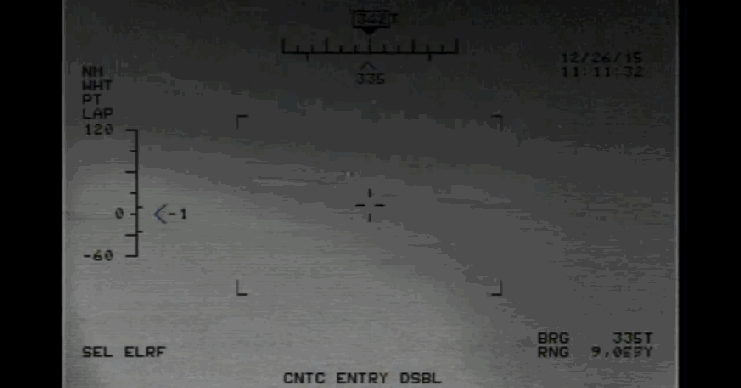
Brian Snyder, Pool/AP
US Secretary of State John Kerry, left, and Iran's Foreign Minister Mohammad Javad Zarif, right, pose for a photograph before resuming talks over Iran's nuclear program in Lausanne, Switzerland, Monday, March 16, 2015.
Certification by the
"Relations between Iran and the IAEA now enter a new phase," said IAEA director general Yukiya Amano. "It is an important day for the international community."
Earlier Saturday, Iranian Minister Mohammad Javad Zarif held a series of meetings with his European Union and US counterparts - including US Secretary of State John Kerry - on implementing the accord.
"All oppressive sanctions imposed against Iran will be annulled today," Zarif said on Iranian state TV.
Progress also came Saturday on another area of Iran-US tensions: US and Iranian officials announced that Iran was releasing four detained Iranian-Americans in exchange for seven Iranians held or charged in the United States.
Prisoner swap
In return, the US will either pardon or drop charges against seven Iranians, six of whom are dual citizens, accused or convicted of violating US sanctions.
The US will also drop Interpol "red notices" - essentially arrest warrants - on a handful of Iranian fugitives it has sought.
Rezaian, 39, The Post's Tehran bureau chief since 2012, was arrested along with his wife and two photojournalists on July 22, 2014. All, except for Rezaian, were later released. In 2015, Rezaian was convicted of espionage by Iran in a closed-door trial.
The Post and the US government have denied the accusations, as has Rezaian.
Recent tensions
On January 12, two apparently disabled US Navy riverine patrol boats reportedly floated to Farsi Island, an Iranian island in the Persian Gulf.
Iran seized the ships and 10 US personnel, then promised to release the vessel "promptly," US officials said.
The incident follows new footage released by the Navy of Iranian Revolutionary Guard vesselsfiring rockets near warships and commercial traffic in the strategic Strait of Hormuz late last month, a move raising tensions between the two nations despite the recent nuclear deal.
Iran denied firing rockets and condemned US plans for new sanctions over its ballistic missile program.
The Navy said it released the footage in response to a Freedom of Information Act request, though it also comes as US ally Saudi Arabia has cut ties to the Islamic Republic following attacks on diplomatic posts there after the kingdom's execution of a Shiite cleric.
The 45 seconds of black-and-white December 26 footage, which the Navy said was shot from a Seahawk helicopter, shows what appears to be an oil tanker passing by.
A flash appears on the left side of the video, and, after zooming in, it shows small boats that the US Navy said were Iranian firing rockets.
Here's the video released from the US Navy:

US Navy
The landmark Iran nuclear agreement, struck July 14 after decades of hostility, defused the likelihood of US or Israeli military action against Iran, something Zarif alluded to.
"Our region has been freed from shadow of an unnecessary conflict that could have caused concerns for the region," he said. "Today is also a good day for the world. Today will prove that we can solve important problems through diplomacy."
Iran insists all of its nuclear activities are peaceful.

IIPA via Getty Images
This handout image supplied by the IIPA (Iran International Photo Agency) shows a view of the reactor building at the Russian-built Bushehr nuclear power plant as the first fuel is loaded, on August 21, 2010 in Bushehr, southern Iran.
The agreement puts Iran's various nuclear activities under IAEA watch for up to 15 years, with an option to re-impose sanctions should Tehran break its commitments.

